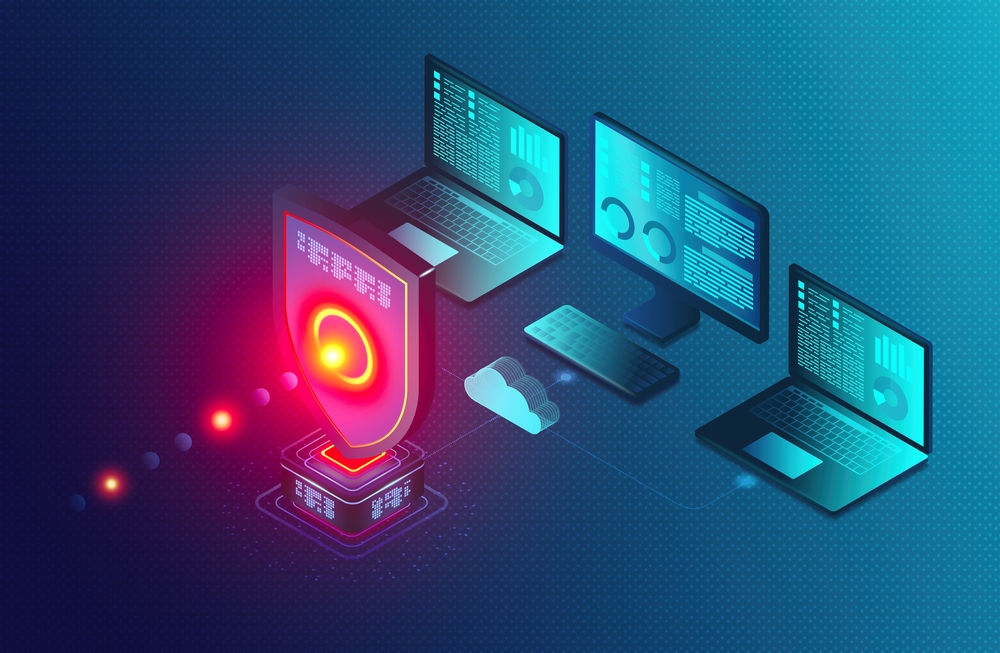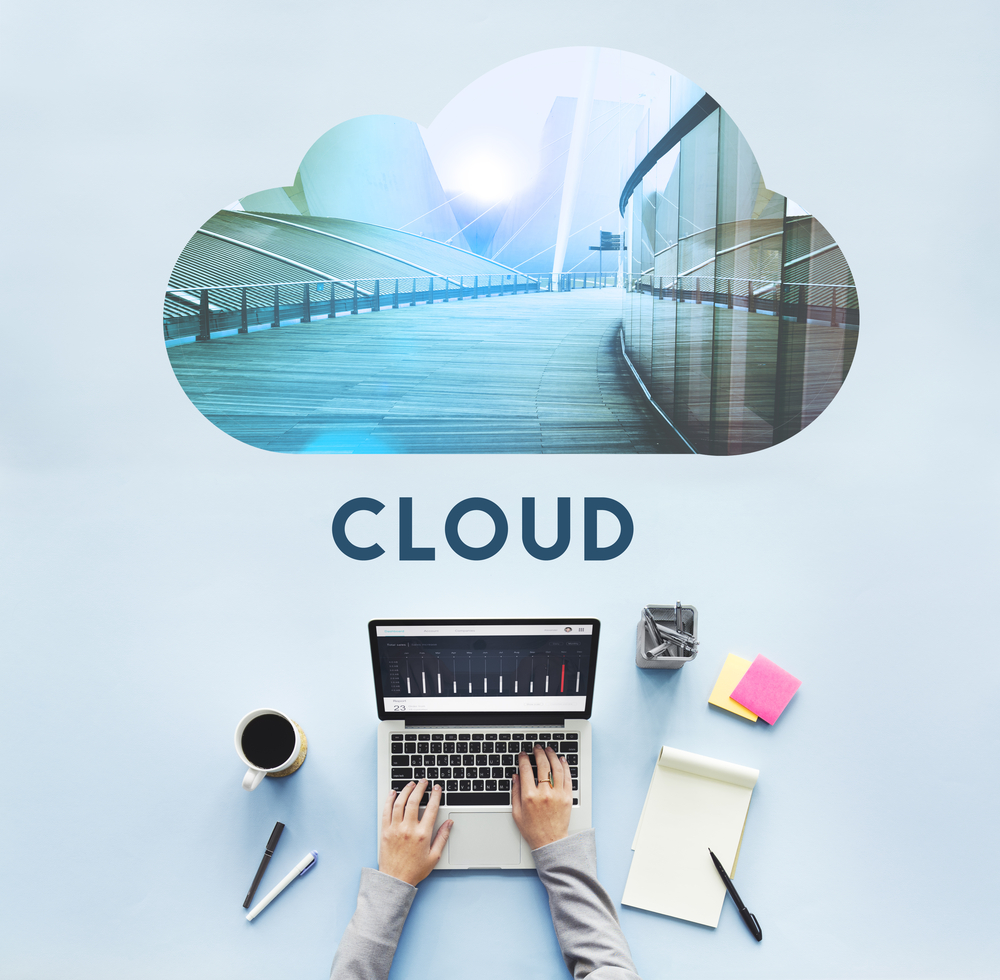IT Essentials For Deploying Remote Working Employees

Remote working is still trial and error for many companies. It’s understandable. Decision makers were unsure whether employees would enjoy working from home or whether both parties would benefit.
The ‘let’s wait and see’ attitude towards investing in IT essentials for deploying remote working employees has reached a point where decisions need to be made.
If the Office For National Statistics is anything to go by, over three-quarters of UK businesses that can deploy work-from-home employees should invest in IT essentials that accommodate a remote workforce.
An ONS survey showed that 78% of work-from-home employees said their work-life balance is improved and 52% confirmed they completed their work faster. Presumably, because there are fewer distractions (53%).
If reports are to be believed, the hybrid model is the favoured strategy. Owl Labs reports that 64% of employees say working from home should be a legal right. The same article claims that 82% of remote and hybrid employees report being more productive.
Companies in the UK that are seeing similar results, or positive results should start planning how to make life easier for your remote employees. And for the benefit of your business overall.
Deploying a remote workforce requires a comprehensive IT infrastructure that supports connectivity, collaboration, security, and communication.
By implementing these essential components, businesses can ensure a smooth transition to remote work while maintaining productivity and protecting sensitive data.

Reliable Internet Connectivity
Remote working employees need a reliable internet connection. An alarming 82% of employees complain that dropped connections have resulted in them abruptly bowing out of meetings due to technical difficulties.
Anybody who has endured the woes and frustrations of trying to connect with colleagues and clients over a video conferencing platform will recognise this pain point.
You’ll also know that investing in the highest tariff for broadband with an internet service provider is not a solution either. You rarely receive the speeds you pay for.
Whilst remote workers invest in high-speed broadband connections at home, reliable and fast internet access is not always possible. Opting for fibre optic or cable internet services is the most consistent connectivity.
For remote workers who do not have access to fibre optic lines, especially in rural areas, fast internet is not guaranteed. We gave you some strategies for high availability in this article.
Even employees in built-up areas can struggle for a solid connection. When this is the case install extenders and signal boosters to improve Wi-Fi strength. This usually resolves connectivity issues in larger homes with weak signals.
You may also need to use an Ethernet cable for a direct wired connection to the router. This provides stable and reliable internet access. Powerline adapters use electrical wiring to create wired internet connections in areas with poor Wi-Fi signals.
Companies may also consider providing remote workers with IT support for resolving internet connectivity issues promptly. IT support teams use network monitoring tools to help remote workers diagnose connectivity issues and troubleshoot the issue. We can also identify a potential problem and fix it before it becomes a problem.
Collaboration Tools
One of the leading issues for remote working employees is the difficulty they encounter in collaborative projects. A lack of IT support and lack of equipment to enable home working are listed within the top five drawbacks of working from home.
This suggests that employees have not been provided with the right tools to work effectively from home. Cloud platforms like Slack, Trello, Asana, Microsoft or Google help to ease this problem with a choice of tools.

Cloud-based tool makes it easier for colleagues to share and access files from a central location. You can also do this instantaneously. No more waiting around for weighty files to arrive by email.
Collaboration tools often include version control features to prevent confusion over multiple document versions and real-time editing in tools. Google Docs or Microsoft Office Online allows multiple users to collaborate on a document simultaneously.
Some communication tools offer virtual whiteboards for brainstorming sessions and visual collaboration and screen sharing helps to present slides, websites, documents, or demos.
Communication Tools
Digital technologies provide us with a host of communication tools. Business users need email, instant messaging, video conferencing platforms and voice call apps as a bare minimum.
And that’s the key question managers and employees need to address. How much communication do you need and what is the best channel? It’s worth noting that communication tools are endowed with all manner of features that, when overused, become an unwelcome distraction.
Communication tools can be integrated with project management platforms (e.g., Asana, Trello). This allows managers to assign tasks, track progress and inform team members of key issues.
For example, team members can receive notifications and updates on project deadlines and milestones, regular status updates and project discussions in group chats.
Whilst these features are all useful, they have to be managed sensibly by managers and team members. You probably know how group discussions can send your phone crazy, or how a chatty colleague on instant messenger is doing more talking than working.
Security Strategies for Remote Working Employees
Implementing robust security settings and cybersecurity best practices is crucial for maintaining cybersecurity in a remote work environment. These settings and policies help to enforce security measures, protect sensitive data, and ensure compliance with industry regulations.
Device Management
IT Security is clearly a potential issue for remote working employees. Device management helps enforce security policies, such as encryption and password requirements, to protect sensitive data stored on devices.
In case of a lost or stolen device, remote management allows for data wiping to prevent unauthorised access to confidential information. This ensures that devices comply with industry regulations (e.g., GDPR, HIPAA) and company policies regarding data security.
IT administrators can configure devices with standardised settings, ensuring consistency across the organisation. For example, device management allows for remote installation and updating of software and security patches, ensuring devices have the necessary tools and your employees are using the latest version of the software.

IT support teams can remotely diagnose and troubleshoot device issues, reducing downtime and interruptions. Device management tools enable monitoring of device performance metrics, such as battery life and storage capacity, to ensure optimal performance.
Administrators receive alerts for potential issues, such as low disk space, potential hardware failures or security threats. With 24/7 monitoring, your remote working employees will experience fewer problems with their devices and less downtime.
Because remote monitoring results in a more stable infrastructure, IT leaders can make predictable financial investment decisions with more confidence.
Virtual Desktop Software
Virtual desktop solutions allow employees to access their work computer or company network from anywhere with an internet connection. Employees can use their personal devices (laptops, tablets, or smartphones) to connect to their work desktop, providing flexibility in device usage.
A remote desktop provides employees with a safe environment to work in. It’s basically a virtual space that serves as a replica of your IT environment. However, because it’s virtual, work data remains on the company’s servers or desktop rather than a personal device.
This reduces the risk of data loss or data theft. Remote desktop software helps ensure compliance with data protection regulations by keeping work data within the company’s controlled environment.
Moreover, IT administrators can enforce security policies and monitor access to remote desktops. Using additional security measures like two-factor authentication can be implemented to further secure remote access.
Work done on the remote desktop is automatically saved on the company’s servers or cloud storage, providing backup and recovery options. In case of device loss or damage, employees can continue working on their remote desktop without losing progress.
Virtual desktops also provide a seamless workflow as employees can continue working on their desktop environment remotely without interruptions from dropped internet connections.
In case of hardware failures or technical issues with the employee’s device, they can quickly switch to their remote desktop, reducing downtime. If they do only have access to one device, IT teams can remotely access and troubleshoot employees’ desktops, resolving technical issues quickly without the need for physical presence.
Endpoint Security
With so many remote working employees using personal devices for work, endpoint security ensures that these devices meet security standards and do not pose a risk to your business.
Endpoint security solutions lower the risk of experiencing a data breach by setting up safeguards that protect devices from malware, including viruses, ransomware, spyware, and phishing attacks.
For example, these tools can create separate containers or profiles on BYOD devices to keep personal and work data isolated and secure. This helps to prevent unauthorised access to sensitive data stored on your business network. IT administrators can monitor remote sessions for unusual activity, helping to detect and prevent unauthorised access attempts.

Endpoint security solutions often include email filtering and scanning to detect and block malicious email attachments or links. You can also prevent employees from accessing websites identified as unsafe. This minimises the risk of malware infections.
Endpoint security tools encrypt data on devices, ensuring that even if a device is lost or stolen, sensitive data remains unreadable to unauthorised users. In case of a lost or stolen device, endpoint security solutions allow for remote data wiping to erase sensitive information to prevent unauthorised access, data leakage or unauthorised transfers.
Cybersecurity Training and Support
To further reduce the risk of a data breach, remote working employees require comprehensive cybersecurity training and ongoing support to ensure they can effectively identify, prevent, and respond to cyber threats.
Employees should be trained to recognise phishing emails, suspicious links, and infected attachments. They should know how to verify sender’s authenticity and report potential phishing attempts.
Cybersecurity training should also cover the various social engineering tactics used by cybercriminals to manipulate employees into divulging sensitive information or performing actions that compromise security.
Keeping up to date with the latest strategies is imperative — especially now that bad actors have tools like artificial intelligence that help them to create social engineering strategies and emails that look authentic.
Employees should understand how to use Virtual Private Networks (VPNs) securely when accessing company resources remotely, including proper login procedures.
It’s a pain in the Arsenal, but you should encourage the use of 2FA for accessing accounts and systems. This adds an extra layer of security at login and can only be overridden by sophisticated techniques.
IT professionals should also talk remote working employees through various security features such as how to secure their home Wi-Fi networks with strong passwords and encryption to prevent unauthorised access.
Finally, discourage employees from using public Wi-Fi for work-related activities. And if they have no option other than to work in a public space, make sure they use a VPN when connecting to public networks.
You may also want your employees to understand the importance of installing and regularly updating anti-malware and antivirus software. Remind employees to physically secure their devices when not in use, especially in shared or public spaces. Alternatively, use remote patch management services.
IT Support in London
Implementing the right productivity tools and strong endpoint security settings, access controls, secure remote access policies, data protection measures, software and patch management mitigate the issues and risks associated with remote working employees.
Remote IT support eliminates the need for on-site visits, saving your business money on travel expenses and hourly rates for technicians. And with our round-the-clock remote IT support in London, we can ensure that any issues are addressed promptly, even outside of regular business hours.
Not only that, but our IT support in London is highly skilled and has expertise in various technologies that some in-house teams don’t have. That means you can tap into specialised knowledge and resources such as cybersecurity experts, network specialists, or cloud computing.
For more information, contact us today and speak to a member of our senior management team to discuss how we can help you install IT essential for deploying remote working employees.
